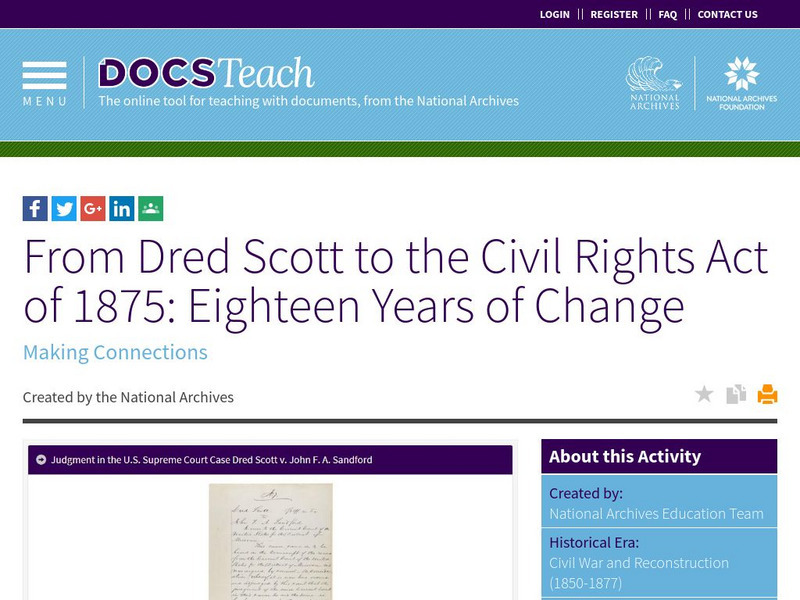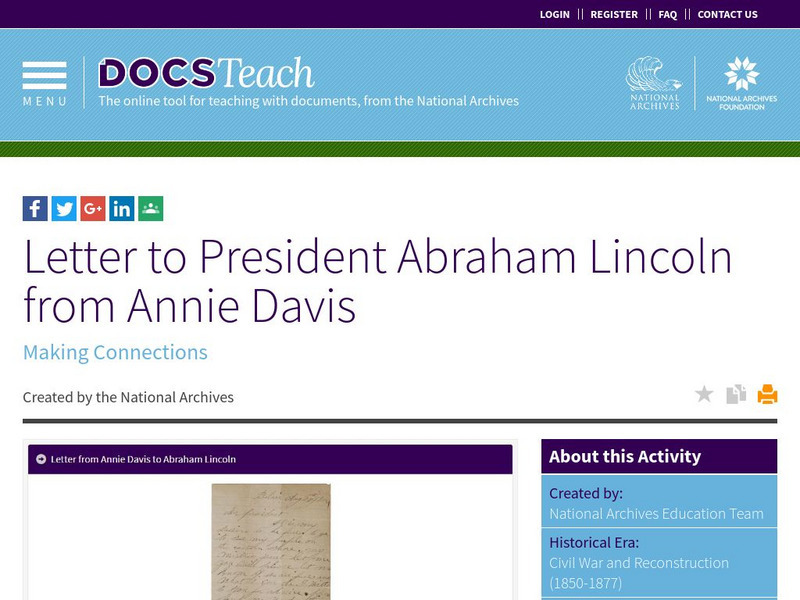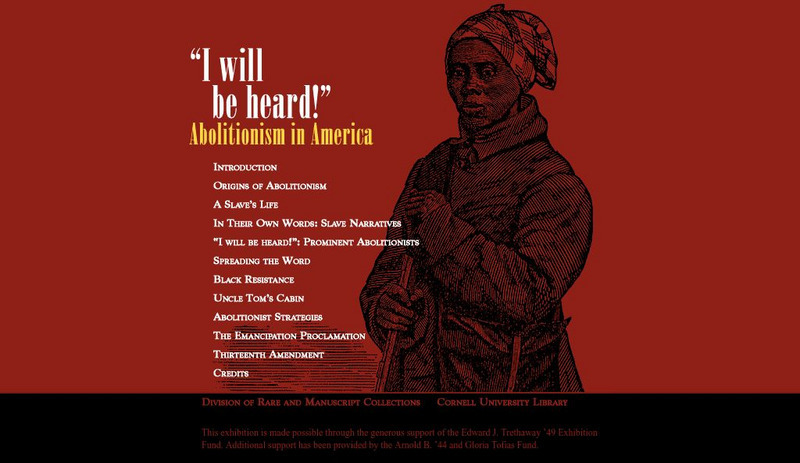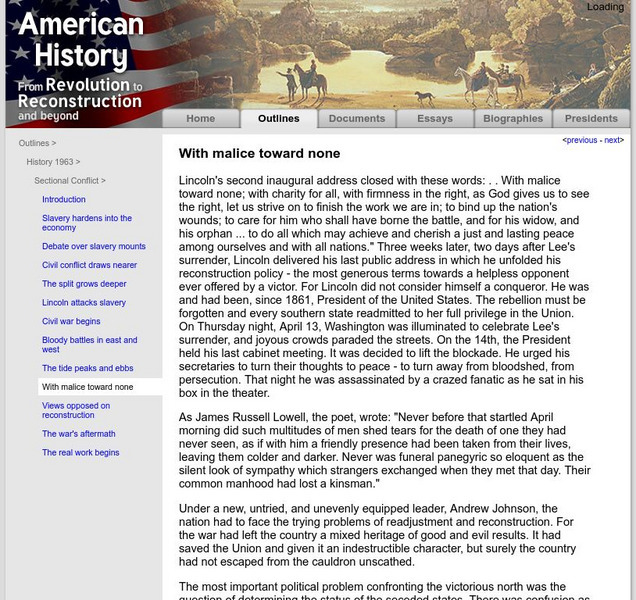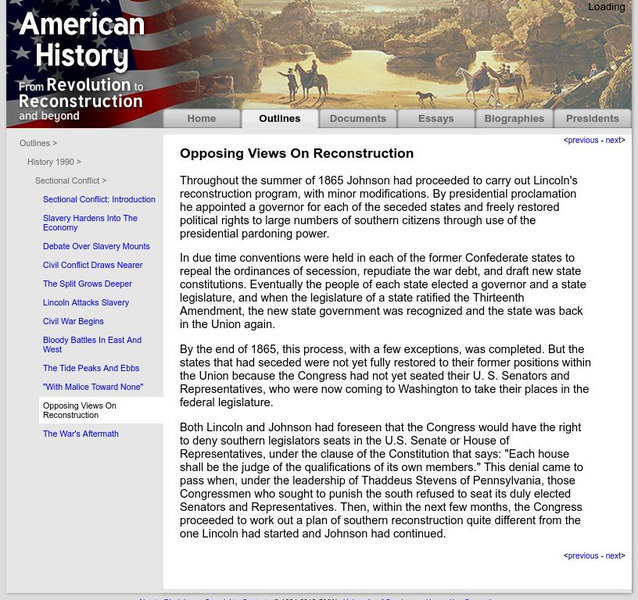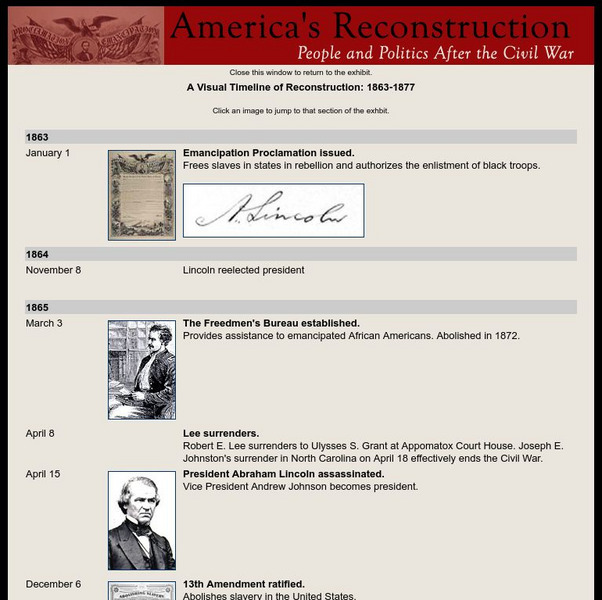Tennessee State Museum
An Emancipation Proclamation Map Lesson
Did the Emancipation Proclamation free all slaves during the Civil War? Why was it written, and what were its immediate and long-term effects? After reading primary source materials, constructing political maps representing information...
Curated OER
Reconstruction (1865-1876)
Easily broken into pieces for several class sessions, this presentation is a great way to transition your class out of a Civil War unit and closer to the 20th century. Engaging photographs, including relevant maps and humorous political...
Curated OER
What are the 13th,14th, and 15th Amendments?
The 13th, 14th, and 15th Amendments are outlined in this PowerPoint. Each amendment is noted on its own slide, with a summary of its purpose and important sections of the actual document. Tip: Have students choose an amendment and write...
Curated OER
John Gary Evans and the Politics of Race
Learners read letters written by Evans and Gunton regarding race relations. In this Progressive Movement lesson, students interpret the intentions and tone of the letters to understand contemporary racial beliefs. Learners discuss the...
Curated OER
Segregated America
Students investigate Jim Crow laws. In this segregation instructional activity, students analyze images that display American segregation. Students use the provided questions to aid them in their evaluation of the images.
Curated OER
A More Perfect Union: Barack Obama's Race Speech at the National Constitution Center
Eleventh graders explore the process of perfecting the Union through changes made to the Constitution, and through the powers delegated to each branch of government. In this American Government instructional activity, 11th graders...
Curated OER
A Lesson on Reconstruction Legislation and Amendments
Students study the legislation and Amendments of Reconstruction period in America. For this Reconstruction lesson, students work in groups to dissect the Black Codes, an article in the US Constitution, as well as the 13th, 14th, and...
Mount Holyoke College
Mt. Holyoke: Reconstruction Timeline
Here's a concise timeline that highlights the important facets of reconstruction from the announcement of Abraham Lincoln's reconstruction plans to the end of reconstruction at the election of Rutherford B. Hayes.
University of Missouri
Exploring Constitutional Conflicts: Plessy v Ferguson
Read the Supreme Court opinion that solidified the concept of separate, but equal in American law. The dissenting opinion written by Justice John Harlan is also included.
iCivics
I Civics: Games: Do I Have a Right?
Play this game from iCivics that requires an understanding and application of the Bill of Rights, the first ten amendments to the Constitution, and a few other amendments to argue and win cases the clients bring into the law firm. There...
Other
University of Delaware: Abraham Lincoln: A Bicentennial Celebration
Commemorating Abraham Lincoln's 200th birthday, this exhibition provides several documents and photographs remembering the President's life. Resources cover his political career, slavery, the civil war and his assassination.
University of Maryland
Department of History: Freedmen and Southern Society Project
Collection of primary documents that depict the social revolution and drama of the Emancipation in the words of the participants. Includes the voices of liberated slaves and defeated slaveholders, soldiers and civilians, common folk and...
US Government Publishing Office
U.s. Government Publishing Office: Thirteenth Amendment [Pdf]
Complete text of the thirteenth amendment of the United States Constitution.
US National Archives
National Archives: From Dred Scott to the Civil Rights Act of 1875
The Dred Scott case decided that African Americans were not citizens of the United States. However, 18 years later they would have citizenship and many other rights. Students will examine the following documents to understand how and why...
US National Archives
National Archives: Letter to President Abraham Lincoln From Annie Davis
"Will you please let me know if I am free?" wrote Annie Davis. Annie Davis was a slave who wrote this letter to President Lincoln 20 months after the Emancipation Proclamation. To understand her confusion, examine the following documents...
Annenberg Foundation
Annenberg Learner: Primary Sources: Concerning Emancipation
An hour-long professional development workshop on teaching of emancipation with primary sources. Features experienced classroom teachers. Materials and a complete lesson plan are also provided
PBS
Wnet: Thirteen: Slavery and the Making of America: Freedom & Emancipation
Using primary documents, oral histories and other historical resources, learn about the African American reaction to emancipation and to events from the Reconstruction period following the Civil War.
Harp Week
The End of Slavery: The Creation of the 13th Amendment
What a wonderful resource for researching the attempts to solve the issue of slavery prior to the Civil War, and the eventual ratification of the 13th Amendment. Find a timeline of legislation limiting the spread of slavery from 1787...
Cornell University
Cornell University: Library: I Will Be Heard! Abolitionism in America
A collection of original manuscripts, letters, photographs, rare books, and other materials on abolitionism from the 1700s through 1865.
Cornell University
Cornell University: Library: I Will Be Heard: The 13th Amendment
Read the text of the 13th Amendment, adopted in January, 1865, even before the end of the Civil War, which ended slavery in the United States. Click on the image to see a larger picture of the document itself.
University of Groningen
American History: Outlines: "With Malice Toward None"
A four-page discussion of Reconstruction from the plans Lincoln made while the Civil War was still raging to the end of Reconstruction with the election of Rutherford B. Hayes.
University of Groningen
American History: Outlines: Opposing Views on Reconstruction
A look at how Andrew Johnson tried to carry out Lincoln's plan for reconstruction. Read onto the second page to find out how the congressional plan thwarted Johnson and was much more punitive.
Digital History
Digital History: America's Reconstruction: A Visual Timeline of Reconstruction
This resource provides a timeline of the Reconstruction era in the South.
US National Archives
Our Documents: 13th Amendment to the u.s. Constitution: Abolition of Slavery
Take a look at an image of the constitutional amendment that put an end to slavery in the United States. Interactive image is accompanied by an overview of the amendment's inception and adoption, as well as document transcript.









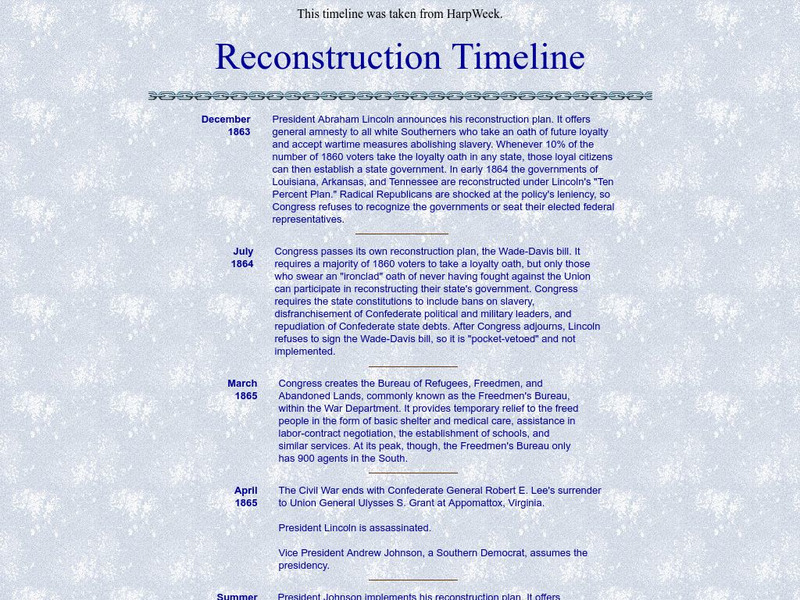


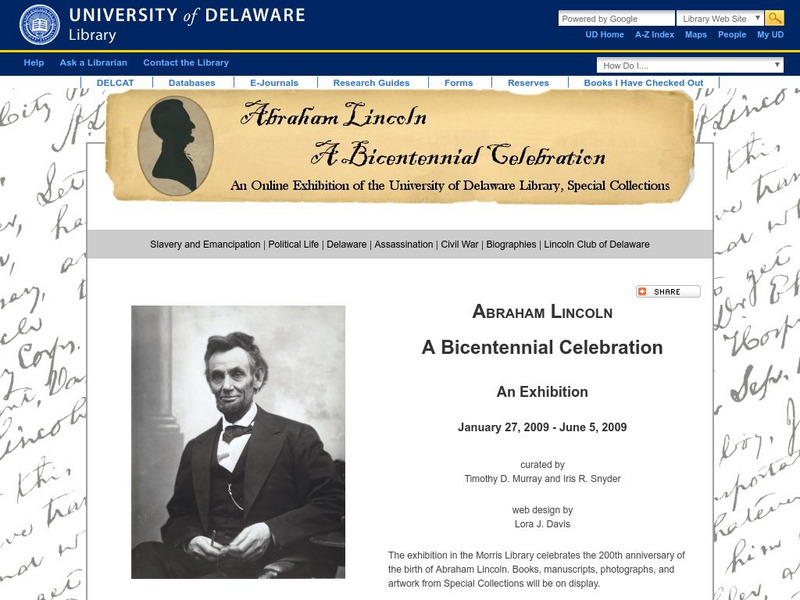

![U.s. Government Publishing Office: Thirteenth Amendment [Pdf] Primary U.s. Government Publishing Office: Thirteenth Amendment [Pdf] Primary](https://d15y2dacu3jp90.cloudfront.net/images/attachment_defaults/resource/large/FPO-knovation.png)
